GHXLD Liquid Silicone Baby Pacifier Injection Molding Process
GHXLD specializes in the production of liquid silicone baby pacifiers, designed to meet various needs in infant care. These pacifiers are primarily used for feeding, offering a soft and elastic material that comfortably adapts to the baby’s oral structure. This provides a natural and soothing sucking experience, making them ideal for feeding milk, juice, or water to babies.
Beyond feeding, liquid silicone pacifiers are also an effective tool for comforting babies. The gentle sucking action helps infants feel secure and relaxed, making it easier for them to fall asleep and calm down. Additionally, during the teething phase, babies experience discomfort from itchy gums. Using a liquid silicone pacifier helps alleviate this irritation and supports healthy dental development.
Liquid Silicone Baby Pacifier Mold Flow Analysis and Design
Mold flow analysis and mold design are critical steps in manufacturing liquid silicone baby pacifiers. Below is an overview of these processes.
Mold Flow Analysis:
- Gather data on the pacifier, including size, shape, and material.
- Use mold flow software to import the CAD model, set injection parameters like speed, temperature, and pressure.
- Simulate the molding process to evaluate flow, cooling, and potential defects, optimizing process parameters for optimal performance.
Liquid Silicone Mold Design:
- Base the mold structure and size on mold flow analysis results, considering pacifier shape and requirements.
- Design the injection molding process, including injection sequence and point location.
- Develop detailed mold designs, including part processing, assembly, and demolding mechanisms using CAD software.
Key Considerations:
- Filling Performance: Optimize injection parameters to avoid defects and ensure good filling.
- Cooling System: Design for efficient cooling to enhance quality and production speed.
- Demolding System: Ensure smooth demolding without deformation.
- Injection Molding Sequence: Proper sequencing and injection point placement ensure full cavity filling and defect-free results.
In summary, mold flow analysis and design optimize the injection molding process, ensuring high-quality liquid silicone baby pacifiers.
Liquid Silicone Baby Pacifier Mold Manufacturing and Material Selection
The manufacturing process of liquid silicone baby pacifier molds and the selection of injection molding materials involve several key steps:
Mold Manufacturing Process:
- Design and Planning: Develop a mold manufacturing process based on the pacifier design, including mold design, processing, and assembly.
- Equipment Selection: Choose appropriate equipment like CNC machining centers and EDM machines for precision processing.
- Processing: Manufacture mold components such as the cavity, core, demolding system, and cooling system, ensuring accurate size and quality.
- Assembly: Assemble mold parts with precise fitting to ensure mold stability and reliability.
Liquid Silicone Injection Molding Material Selection:
- Material Selection: Choose food-grade or medical-grade liquid silicone materials based on the pacifier’s requirements.
- Performance Properties: Select materials with excellent mechanical properties, high-temperature resistance, chemical resistance, and wear resistance.
- Safety and Hygiene: Ensure materials meet relevant safety and hygiene certifications for baby products.
Key Considerations:
- Precision: Ensure that mold components meet strict size and accuracy standards to maintain product quality.
- Surface Treatment: Apply appropriate surface finishes such as polishing to improve the pacifier’s smoothness.
- Injection Molding Process: Optimize process parameters (injection speed, pressure, cooling time) to ensure consistent silicone flow and solidification.
- Material Certification: Choose certified silicone materials to ensure product safety and compliance with regulations.
Mold and Material Selection:
- Injection Molding Materials: Select the right plastic materials (e.g., ABS, PP, PC, etc.) based on hardness, wear resistance, and chemical compatibility.
- Mold Materials: Choose mold materials like tool steel or stainless steel with high hardness for durability and wear resistance.
In conclusion, careful mold manufacturing and material selection, along with optimized injection molding processes, ensure the production of high-quality liquid silicone baby pacifiers that meet safety and performance standards.
Liquid Silicone Baby Pacifier Mass Production and Quality Control
Mass production of liquid silicone baby pacifiers involves considerations of tooling, production efficiency, cost control, and quality assurance.
Tooling and Fixture Design:
- Fixture Design: Create suitable fixtures to secure the mold and pacifier, ensuring stability during injection molding.
- Manufacturing and Debugging: Manufacture and optimize tooling fixtures for stability and reliability.
Production Efficiency:
- Automated Production: Use automated injection molding machines and robotic systems to enhance efficiency and reduce labor costs.
- Multi-Cavity Molds and Multi-Machine Production: Employ multi-cavity molds and multiple machines for simultaneous production to increase output.
- Production Planning: Optimize production schedules and task allocation to minimize downtime and enhance efficiency.
Cost Control:
- Material Cost: Select appropriate liquid silicone materials and manage inventory to control costs.
- Equipment and Energy Cost: Optimize equipment usage and reduce energy consumption and maintenance costs.
- Labor Cost: Minimize manual operations through automation to reduce labor expenses.
Quality Assurance:
- Quality Control System: Establish a robust quality control system, covering inspections, process control, and defective product handling.
- Inspection and Testing: Perform thorough inspections of appearance, dimensional accuracy, and physical properties to ensure consistency.
- Continuous Improvement: Regularly evaluate and optimize production processes to enhance quality and efficiency.
In conclusion, by focusing on efficient tooling design, automation, cost control, and robust quality assurance, high-quality, cost-effective mass production of liquid silicone baby pacifiers can be achieved.
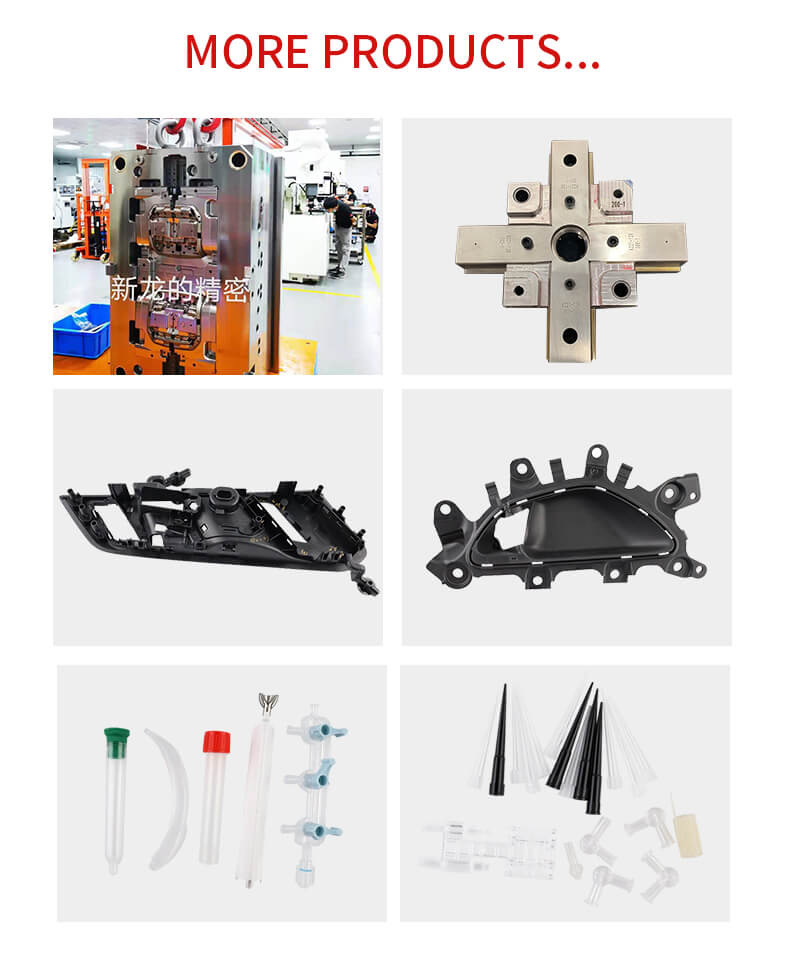






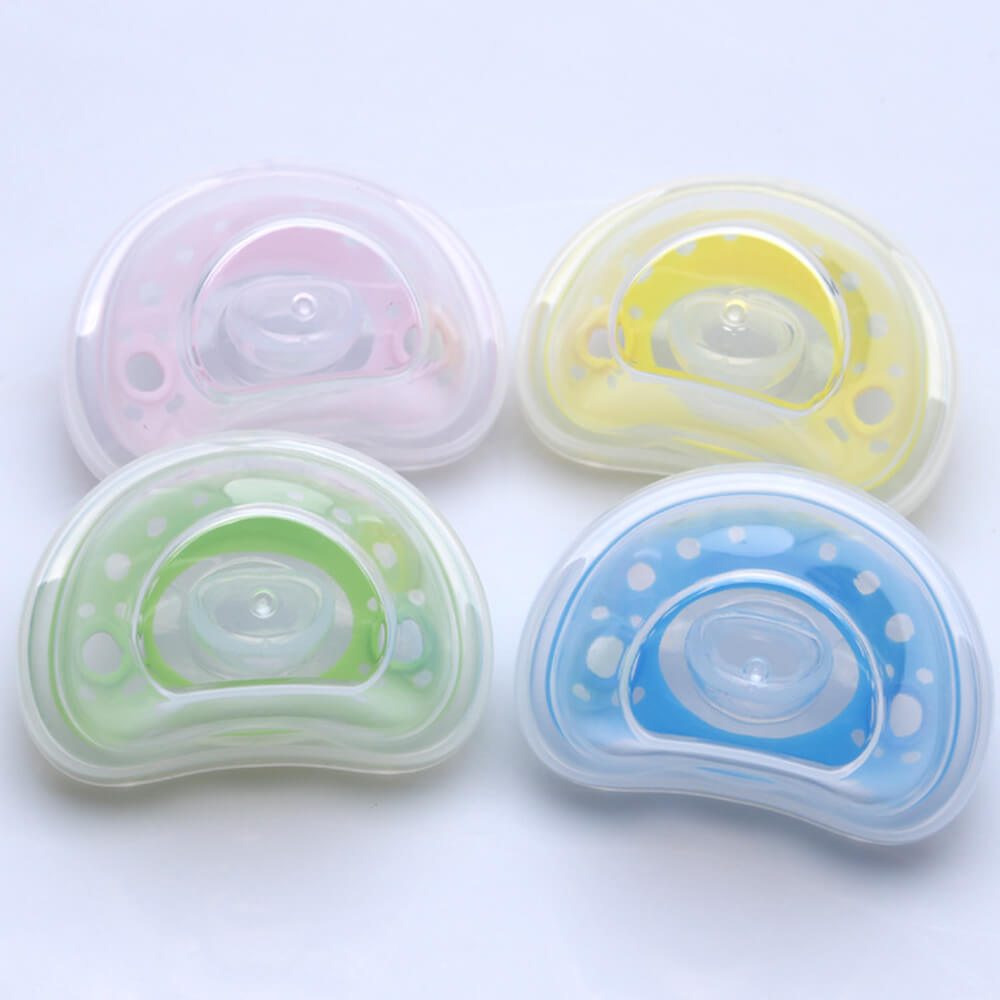

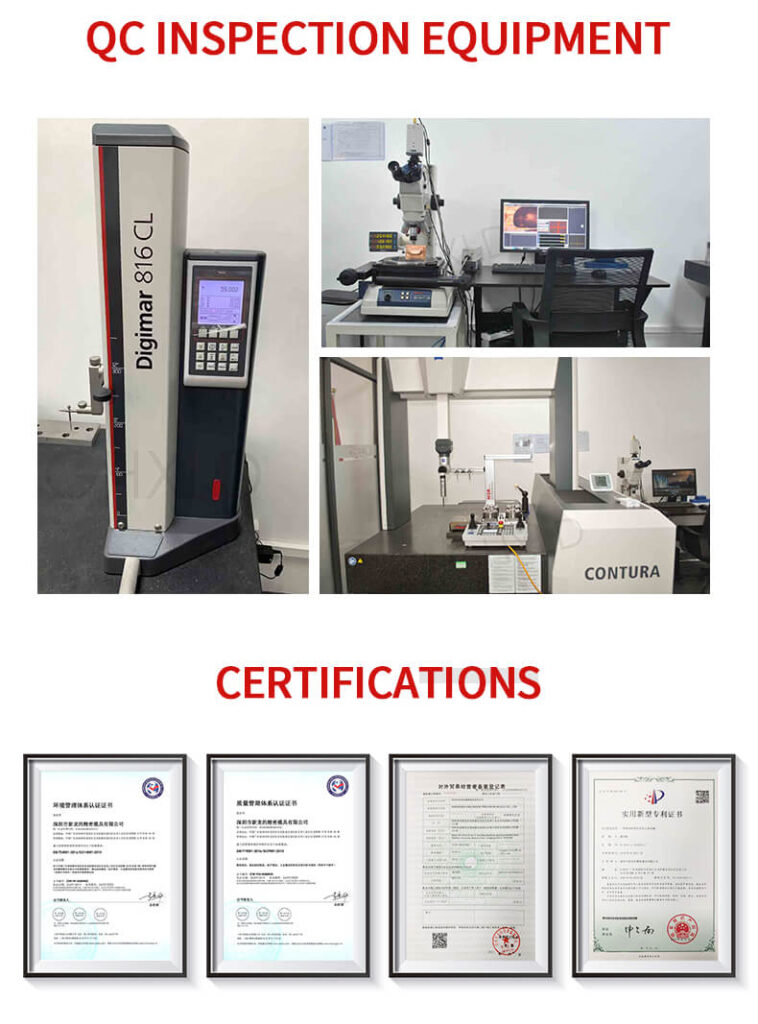
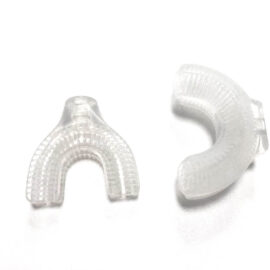
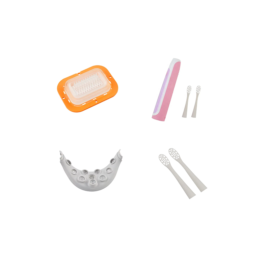
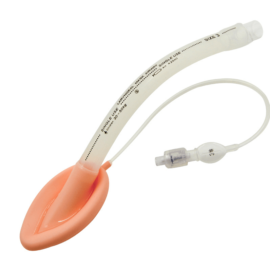
Reviews
There are no reviews yet.